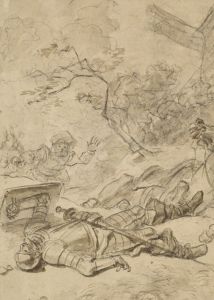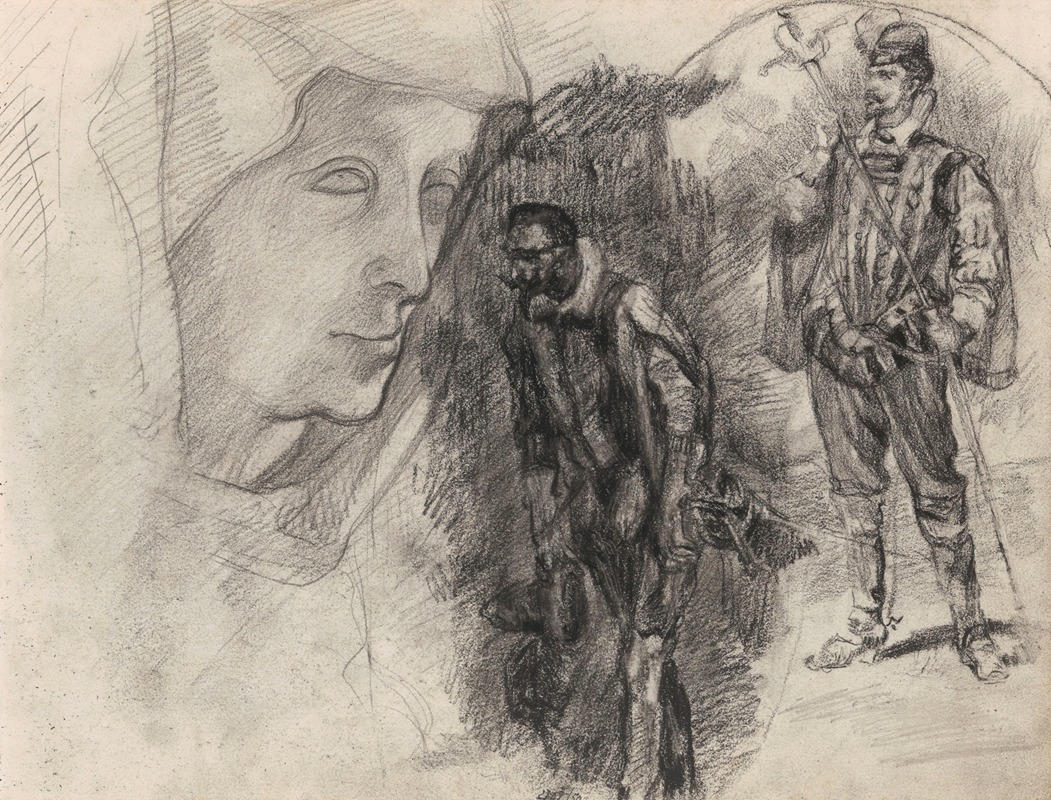
Don Quixote
A hand-painted replica of James Ensor’s masterpiece Don Quixote, meticulously crafted by professional artists to capture the true essence of the original. Each piece is created with museum-quality canvas and rare mineral pigments, carefully painted by experienced artists with delicate brushstrokes and rich, layered colors to perfectly recreate the texture of the original artwork. Unlike machine-printed reproductions, this hand-painted version brings the painting to life, infused with the artist’s emotions and skill in every stroke. Whether for personal collection or home decoration, it instantly elevates the artistic atmosphere of any space.
James Ensor, a prominent Belgian painter and printmaker, is known for his unique and often surreal style that blends elements of symbolism and expressionism. One of his lesser-known works is "Don Quixote," which reflects his fascination with themes of fantasy, satire, and the grotesque. Ensor's work often delves into the absurdity of human existence, and his depiction of Don Quixote is no exception.
"Don Quixote" by James Ensor captures the essence of Miguel de Cervantes' iconic character, the delusional yet noble knight who embarks on a quest to revive chivalry. Ensor's interpretation of Don Quixote is not just a literal representation of the literary figure but also a commentary on the human condition and the blurred lines between reality and illusion. Ensor was known for his ability to infuse his works with a sense of irony and humor, and his portrayal of Don Quixote is likely no different.
Ensor's artistic style is characterized by vibrant colors, bold brushstrokes, and a penchant for the theatrical. His works often feature a chaotic composition, filled with a multitude of figures and details that invite viewers to explore the canvas. In "Don Quixote," Ensor likely employs these techniques to create a dynamic and engaging scene that captures the viewer's imagination.
The painting may include elements typical of Ensor's work, such as masks, skeletons, and carnival imagery, which he used to critique societal norms and human folly. These elements would serve to enhance the fantastical and satirical nature of Don Quixote's adventures, highlighting the absurdity of his quest and the disconnect between his ideals and reality.
Ensor's interest in Don Quixote can be seen as part of a broader fascination with literary and historical figures who challenge societal conventions. By choosing to depict Don Quixote, Ensor aligns himself with a long tradition of artists who have been inspired by Cervantes' novel, each bringing their unique perspective to the timeless tale.
While specific details about Ensor's "Don Quixote" are scarce, it is clear that the painting fits within his broader body of work, which often explores themes of identity, illusion, and the human psyche. Ensor's ability to blend humor with a critical eye allows him to create works that are both entertaining and thought-provoking, encouraging viewers to question their perceptions of reality.
In summary, James Ensor's "Don Quixote" is a testament to his skill as an artist and his ability to engage with complex themes through his distinctive style. Although detailed information about this particular painting is limited, it undoubtedly reflects Ensor's fascination with the interplay between fantasy and reality, making it a valuable part of his artistic legacy.





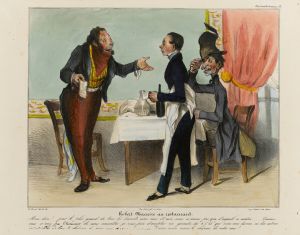
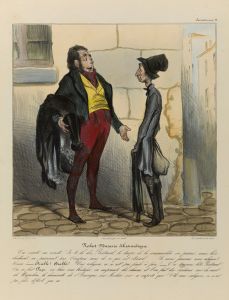
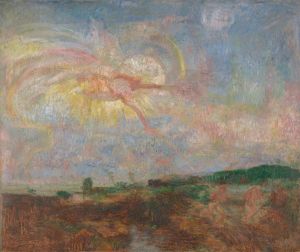
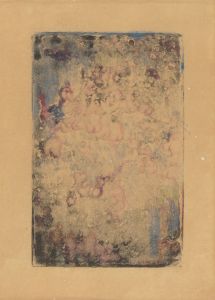
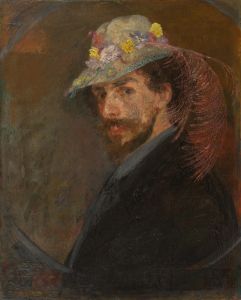
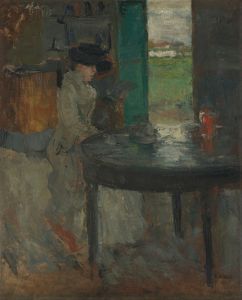
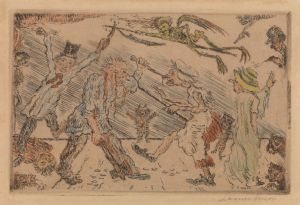
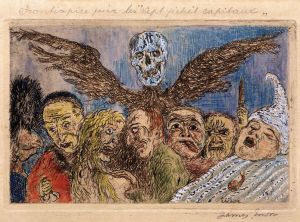
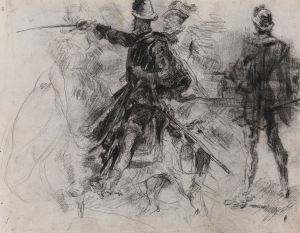
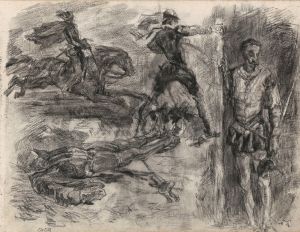
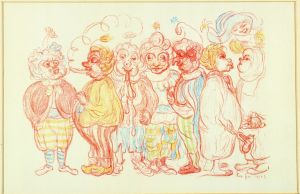
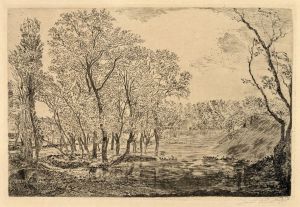
![Two Heads Are Better Than One [Poor Folly]](/imgs/264668/s/francisco-de-goya-two-heads-are-better-than-one-poor-folly-401b05c1.jpg)
